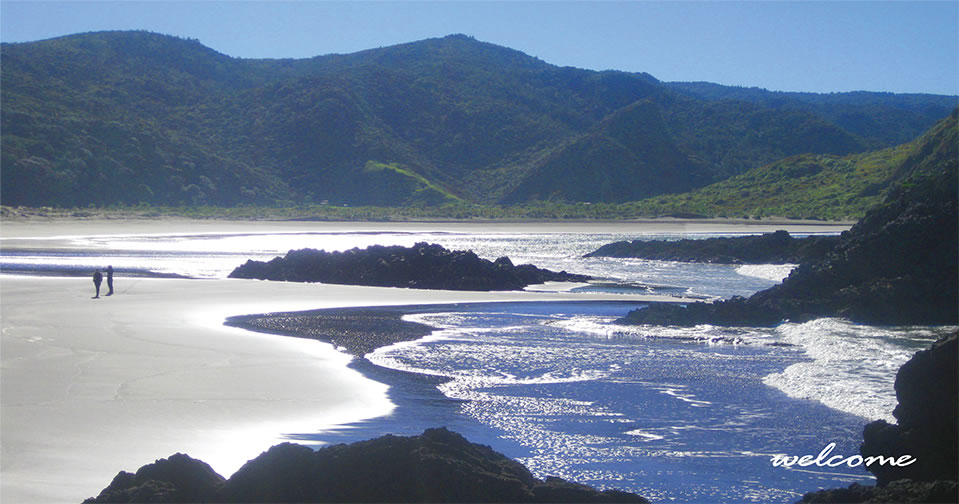
HistoryWhatipū is beautiful, wild and remote with significant Māori associations and many historic sites. There are five documented pā sites. Shell middens, karaka groves and earthworks for housing and gardens are evidence of Māori’s long occupation. Te Kawerau ā Maki are acknowledged as retaining the mana whenua of their ancestral domain. Whatipū is the name of a taniwha who settled at the mouth of the Manukau Harbour. The land of Paorae once extended south from the Manukau Heads to the Waikato River mouth. Māori tradition records Paorae as a place to gather food.
On the 7th of February 1863 the Royal Navy steam corvette, HMS Orpheus, the flagship of the Australian squadron, foundered and sank off the Manukau Bar. 189 crew out of the ship’s compliment of 259 were unaccounted for in the disaster. Only 70 bodies were recovered. The wreck of the HMS Orpheus remains the worst maritime tragedy to occur in New Zealand waters.
From 1866, for two decades, Whatipū was the centre of Auckland's kauri milling industry, established by the Gibbons family. A mill was built in the Whatipū Valley, where the stream was impounded by large earth banks (remnants remain) and a wooden dam. Paratutai Wharf nearby, at the northern edge of the Manukau Harbour became the terminus for the Piha tramway which brought logs and sawn timber out from the local mills for shipping up until the 1920s. Remnants of this activity are still visible today.
The Whatipū Lodge is a collection of historic buildings. The homestead at the centre of the complex was built in 1870 by mill manager, Nicholas Gibbons. Three buildings consisting of small bedrooms, plus the lodge kitchen and dining hall were built between 1910 and 1921. The dining hall was modified in 1947 when the full size billiard table was installed.
Whatipū Lodge and the magnificent Whatipū landscape have attracted guests and holidaymakers for more than 100 years.
About 1899 a dance floor was installed in the giant cave. When not in use the dance floor was raised to the ceiling by block and tackle to avoid being smashed by the tide when stormy weather came from the west. Nowadays, the floor (apparently) remains buried deep beneath the changing sands and the tide is now 1½ kilometres west.
Click here to download the PDF of the ‘Whatipū our History’ booklet compiled by the former Auckland Regional Council and written by esteemed West Auckland historian Graeme Murdoch.
|

